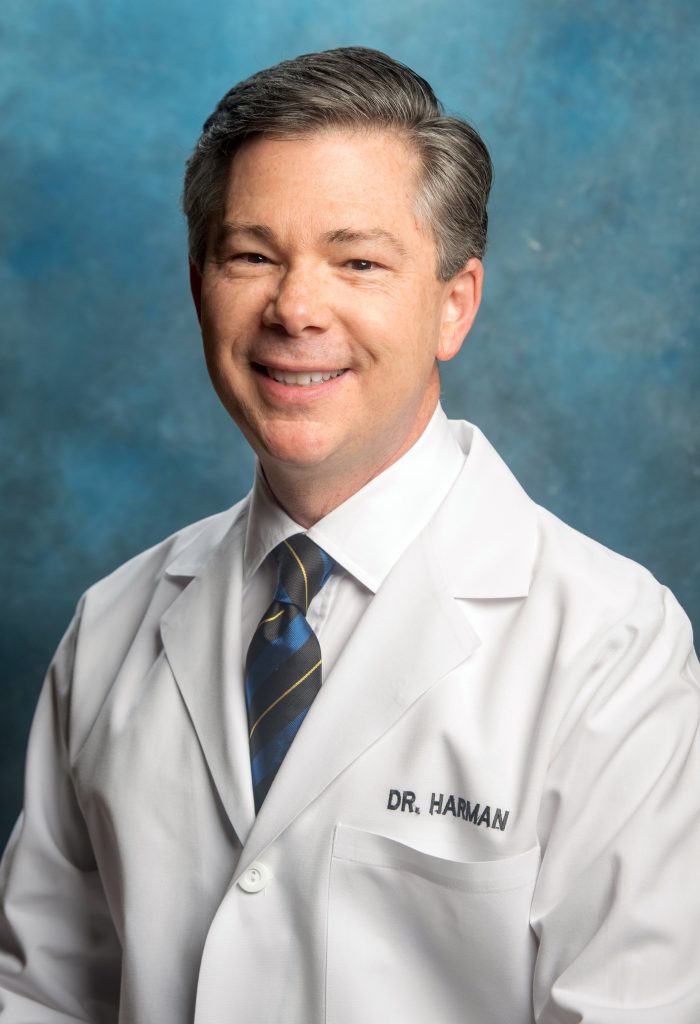What are my treatment options for glaucoma?
Damaged optic nerves often lead to increased pressure in the eye. This pressure is due to a fluid buildup. Generally fluid drains through the eye’s trabecular meshwork, but when extra fluid is present and the drainage system is inadequate, eye pressure builds. Many glaucoma treatments aim to reduce this pressure.
- -Prescription eye drops are most often the first approach to decreasing eye pressure by improving fluid drainage in the eye.
- -Oral medications, generally a carbonic anhydrase inhibitor, are sometimes paired with prescription eye drops.
- -Laser surgery is a procedure used to open the clogged channels of the trabecular meshwork.
- -Traditional surgery or trabeculectomy is also an option for patients whose eye pressure cannot be controlled with medication or laser surgery.
Damage caused by glaucoma before it is detected is irreversible. Be sure your optometrist and ophthalmologist work together on a full-circle management solution for glaucoma.

